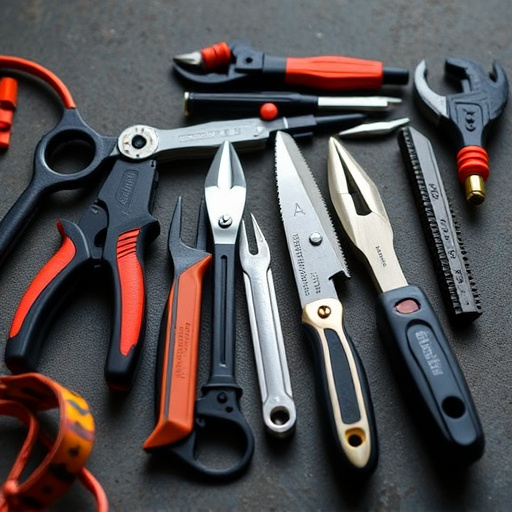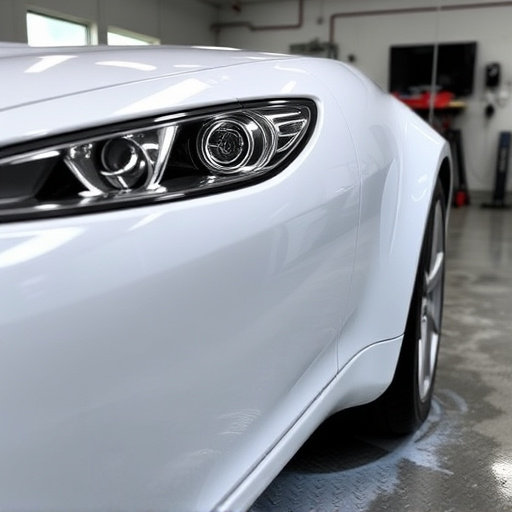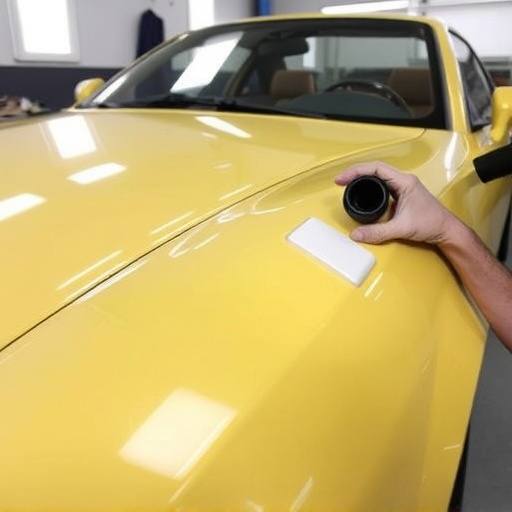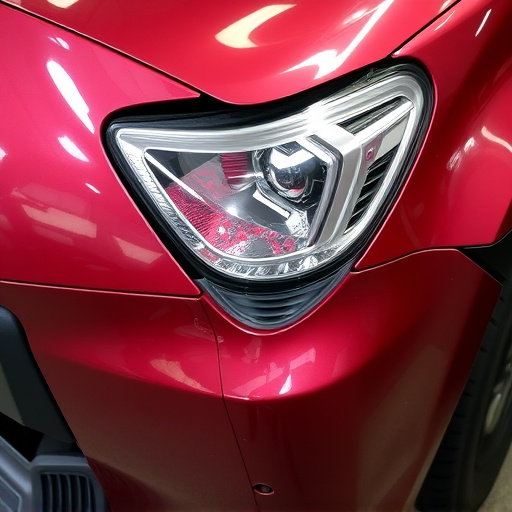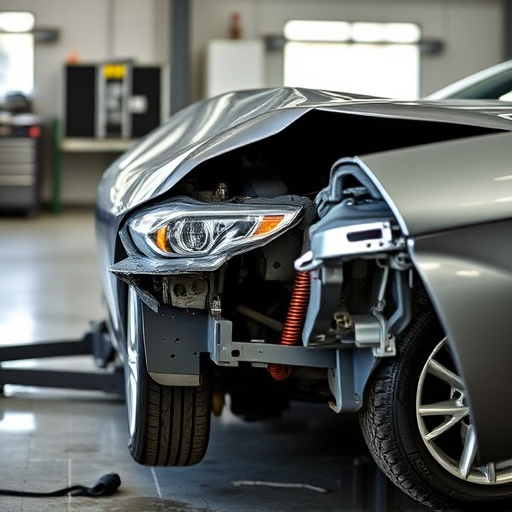Before starting paintless dent repair, assess damage size, depth, and location, considering paint, metal, and accessibility issues for accurate time estimates. Optimize tools and materials for efficient repairs, using suitable dent pullers and polishing compounds. Streamline workflow with digital documentation and structured procedures to save time on manual tasks, manage multiple jobs effectively, and cater to customers' needs promptly.
Discover the secrets to mastering paintless dent repair (PDR) time management. This comprehensive guide breaks down essential steps: from meticulously assessing damage and setting realistic timelines to gathering tools and materials efficiently. Learn how to optimize your workflow for faster, more effective repairs. Implement these strategies to enhance productivity, meet client expectations, and excel in the PDR industry.
- Assess Damage and Set Realistic Timeframes
- Gather Tools and Materials Efficiently
- Optimize Workflow for Faster Repair Times
Assess Damage and Set Realistic Timeframes

Before diving into the paintless dent repair process, it’s crucial to assess the damage and set realistic timelines. Start by examining the size, depth, and location of the dent or dents on your vehicle. This will help determine the complexity of the repair. Smaller, shallower dents tend to be quicker and easier fixes, while larger or deeper ones may require more time and skill.
Consider factors like paint damage, metal deformation, and accessibility—all play a role in how long each step of the process will take. In terms of paintless dent repair time, remember that this method is known for its efficiency compared to traditional auto painting or vehicle paint repair methods. However, even with this advantage, realistic expectations are key. Set aside adequate time for preparation, removal, and replacement, ensuring your timelines align with the unique challenges posed by each dent on your autobody repairs.
Gather Tools and Materials Efficiently
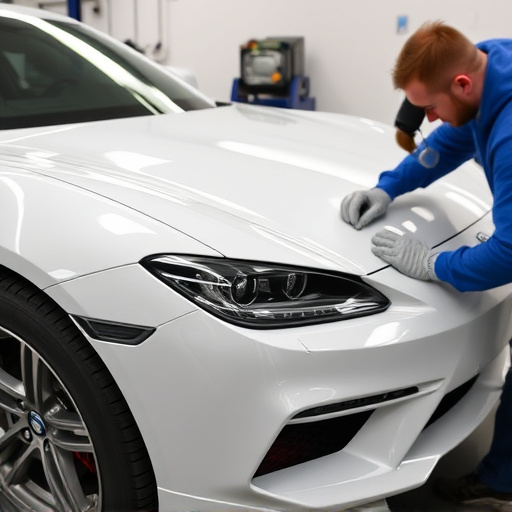
Efficiently gathering tools and materials is key to optimizing your paintless dent repair time. This involves having all necessary components within easy reach—from dent pullers, plastic shapers, and foam rollers to specific polishing compounds and applicators. A well-organized workspace not only streamlines your workflow but also reduces the risk of misplacing items, minimizing downtime during the repair process.
Prioritizing the right tools for each stage of paintless dent repair, such as using a suitable dent puller for different vehicle surfaces or selecting the appropriate compound for specific dent sizes, ensures that you work smarter, not harder. This strategic approach allows for quicker repairs and enhances your overall efficiency in providing high-quality collision repair and vehicle bodywork services.
Optimize Workflow for Faster Repair Times

Streamlining your workflow is a key strategy to optimize paintless dent repair time. Efficient techniques and well-organized processes can significantly reduce the duration of auto body work. Consider implementing system upgrades, such as digital documentation and advanced tools, to enhance productivity. By digitizing records and utilizing specialized equipment, technicians can save valuable minutes that were once spent on manual tasks.
Additionally, prioritize tasks and create structured procedures. A clear sequence of steps for vehicle dent repair ensures a consistent flow, minimizing delays. This methodical approach allows auto repair near me shops to manage multiple paintless dent repair jobs more effectively, ultimately catering to customers’ needs in a timely manner.
Applying paintless dent repair (PDR) efficiently requires strategic time management. By accurately assessing damage, gathering tools and materials proactively, and optimizing your workflow, you can significantly reduce repair times without compromising quality. Remember, effective time management in PDR means minimizing downtime, maximizing productivity, and delivering faster results to your customers.

